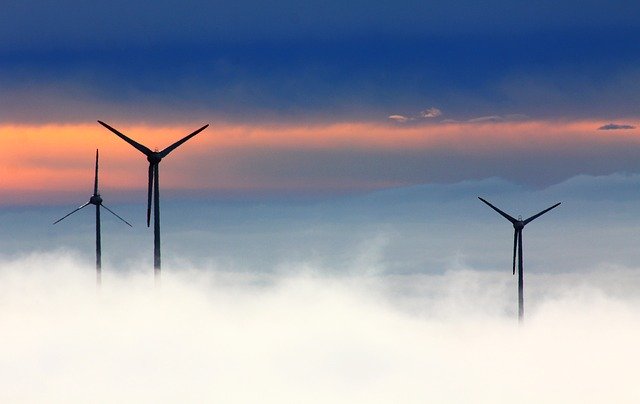In December 2019, energy officials from the Sultanate of Oman attended a conference at the lavish Hormuz Grand Hotel to discuss an ambitious solar energy project. Nafath Renewable Energy, a company that enjoys the support of the Oman government, is seeking to raise $100 million from investment partners, and would like to reach this goal as soon as possible for a very good reason: Even though Oman is well-positioned to become a Middle East leader in the solar energy production market, officials are expecting to see very tight competition over the next few years.
To say that renewable energy projects are of great interest in the Middle East would be an understatement. Investors are showing great interest in what traditional energy companies, meaning those that explore, extract, refine, and distribute hydrocarbons, are doing in terms of wind farms, solar energy plants, and renewable energy in general. Before we get into a brief discussion of why there is a Middle East shift from crude oil to renewable energy, let’s consider the following:
* Demand for electricity in this region is projected to triple over the next three decades.
* By the year 2050, Middle East nations will have invested $300 billion in renewable energy.
* The costs of installing renewable energy systems and grids have fallen by more than 70% since 2009.
* In the United Arab Emirates, there is a race to reduce carbon emissions by 50% in the next 30 years.
* In Israel, about 100 municipalities have demanded immediate assistance from the government to enhance their electrical grids with renewable energy.
In essence, Middle East governments, particularly those that are members of the Organization of Petroleum Exporting Countries, are seeing the writing on the wall with regard to crude oil, natural gas, and hydrocarbon resources in general. The finite nature of petroleum, for example, makes renewable energy more attractive; at this time, energy officials in the Emirate of Dubai do not know exactly when their vast reservoirs will run dry. They may have up to a century of productive extraction, but they are not waiting for the moment when they realize their resources are coming to an end.
Renewable energy projects used to be very expensive because of early technology and a lack of investors. If you follow research published by analysts such as energy attorney Amir Handjani, who has written for Bloomberg and other financial news outlets, you will come to realize that technology has become far more efficient; moreover, you will see that Middle East energy companies do not want to be left behind when renewable energy completely takes over hydrocarbons.
There is also the matter of what people ultimately want. Awareness about the need to reduce carbon emissions has gone global, and consumers are showing more interest in driving electric vehicles as well as supporting solar power plants, wind farms, geothermal projects, and hydroelectric generators. As many investors say: “the trend is your friend,” and renewable energy is an emerging trend at this time, but it also seems to be here to stay.

